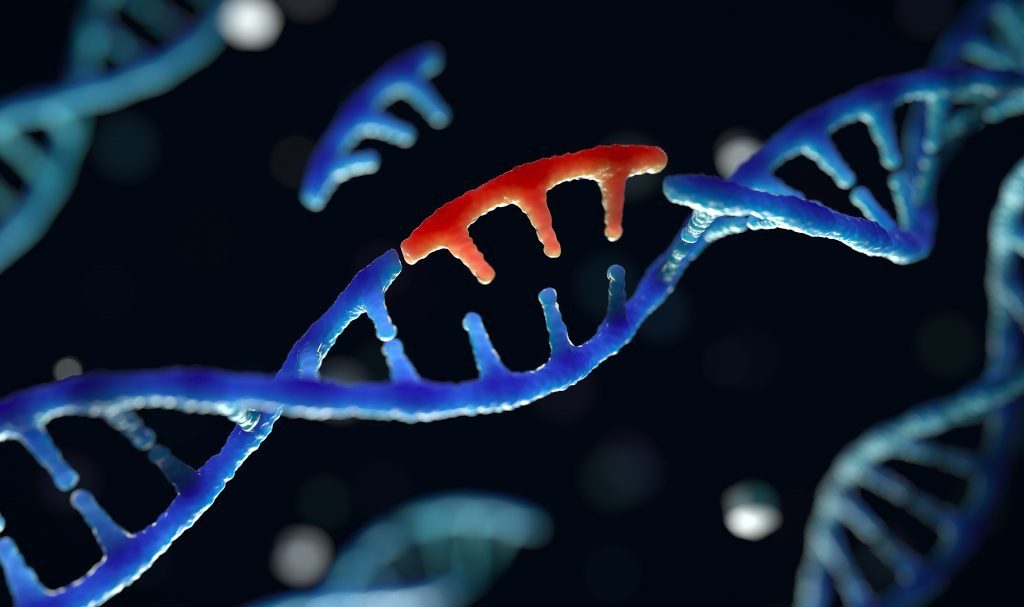Jansen Disease: Symptoms, Causes & Treatment
What are the symptoms of Jansen disease?
Jansen disease, also known as Jansen’s metaphyseal chondrodysplasia, is a rare genetic disorder that affects bone development. It is caused by mutations in the gene that encodes the parathyroid hormone receptor 1 (PTH1R), which plays a role in regulating calcium and phosphate levels in the body.
Symptoms of Jansen disease can vary but may include:
- Short stature
- Bowing of the long bones
- Joint pain and stiffness
- Abnormalities of the growth plates in the long bones
- Hypercalcemia (high levels of calcium in the blood)
- Hypophosphatemia (low levels of phosphate in the blood)
- Dental problems, such as early tooth loss and enamel defects
- Hearing loss
Jansen disease is a progressive condition, meaning that symptoms tend to worsen over time. Treatment is typically focused on managing symptoms and may include medications to help regulate calcium and phosphate levels, as well as physical therapy to help improve mobility and joint function. In severe cases, surgery may be necessary to correct bone deformities.
What are the causes of Jansen disease?
Jansen disease, also known as Jansen’s metaphyseal chondrodysplasia, is caused by mutations in the gene that encodes the parathyroid hormone receptor 1 (PTH1R). This gene provides instructions for making a protein called the parathyroid hormone receptor 1, which is involved in the regulation of calcium and phosphate levels in the body.
Mutations in the PTH1R gene result in a receptor protein that is constantly activated, leading to abnormal signaling that affects bone development and metabolism. Specifically, the mutations disrupt the normal process of bone remodeling, which is the process by which old bone tissue is replaced with new bone tissue. This disruption leads to the characteristic features of Jansen disease, including short stature, bowing of the long bones, and abnormalities of the growth plates in the long bones.
Jansen disease is inherited in an autosomal dominant pattern, which means that a person only needs to inherit one copy of the mutated gene from one parent to develop the condition. In some cases, the condition may occur sporadically due to a new mutation in the gene.
What is the treatment for Jansen disease?
Treatment for Jansen disease, also known as Jansen’s metaphyseal chondrodysplasia, is aimed at managing the symptoms of the condition and improving quality of life. Since Jansen disease is a genetic disorder that affects bone development, treatment is typically focused on addressing bone abnormalities and metabolic imbalances. Some treatment options may include:
- Calcimimetics: These medications can help lower blood calcium levels by mimicking the action of calcium on the parathyroid gland, reducing the release of parathyroid hormone.
- Phosphate Supplements: Since Jansen disease is associated with low phosphate levels in the blood, phosphate supplements may be prescribed to help maintain normal levels.
- Bisphosphonates: These medications can help strengthen bones and reduce the risk of fractures by inhibiting the breakdown of bone tissue.
- Physical Therapy: Physical therapy can help improve mobility and joint function, as well as strengthen muscles to support the bones.
- Surgery: In some cases, surgery may be necessary to correct bone deformities or fractures.
- Dental Care: Regular dental check-ups and preventive dental care are important to prevent dental problems associated with Jansen disease, such as early tooth loss and enamel defects.
Since Jansen disease is a progressive condition, lifelong management and monitoring are typically required to address symptoms and complications as they arise. It’s important for individuals with Jansen disease to work closely with a healthcare team that specializes in metabolic bone disorders to develop a personalized treatment plan.




